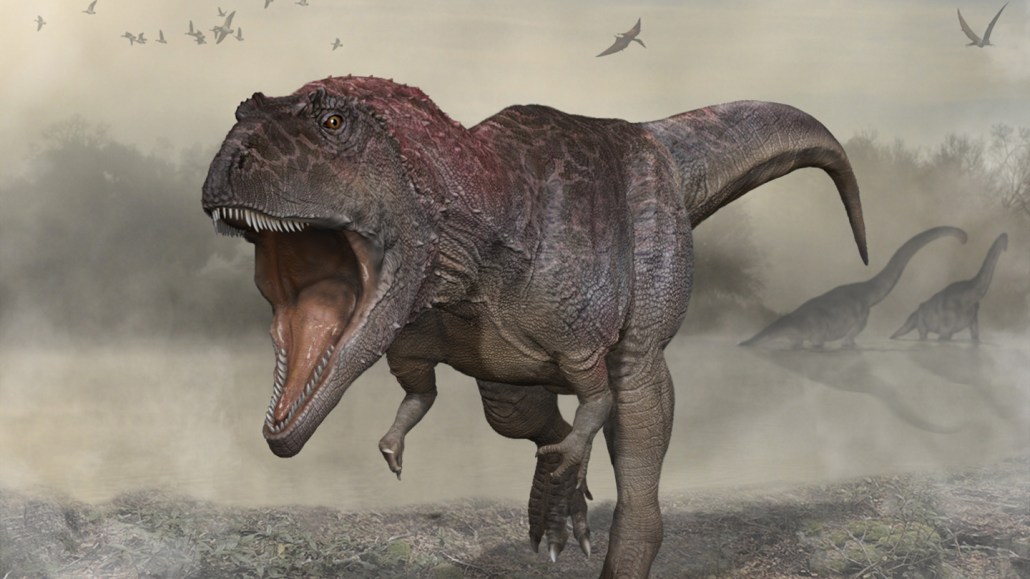biology: The study of living things. The scientists who study them are known as biologists.
carcass: The body of a dead animal.
carnivore: An animal that either exclusively or primarily eats other animals.
colleague: Someone who works with another; a co-worker or team member.
crest: The highest part of a hill, a mountain or a swell of water. (in zoology) A tuft of feathers or skin — or comb (as on a chicken) — atop the head of a bird or other animal.
dinosaur: A term that means terrible lizard. These reptiles emerged around 243 million years ago. All descended from egg-laying reptiles known as archosaurs. Their descendants eventually split into two lines, often distinguished by their hip structure.
extinct: An adjective that describes a species for which there are no living members.
fossil: Any preserved remains or traces of ancient life. There are many different types of fossils: The bones and other body parts of dinosaurs are called “body fossils.” Things like footprints are called “trace fossils.” Even specimens of dinosaur poop are fossils. The process of forming fossils is called fossilization.
giga: A prefix for units of measurement meaning billion in the international metric system.
host: (v.) The act of providing a home or environment for something.
limb: (in physiology) An arm or leg.
meme: Any idea, phrase, image or aspect of culture that spreads from person to person — often virally — and usually via conversation or social media.
paleontologist: A scientist who specializes in studying fossils, the remains of ancient organisms.
prey: (n.) Animal species eaten by others. (v.) To attack and eat another species.
species: A group of similar organisms capable of producing offspring that can survive and reproduce.
theropod: A usually meat-eating dinosaur that belonged to a group whose members are typically bipedal (walk on two legs). They range from small and delicately built to very large.
tyrannosaur: A line of meat-eating dinosaurs that began during the late Jurassic Period, about 150 million years ago. These species persisted into the late Cretaceous Period, about 65 million years ago. The best known member of these species: the late Cretaceous’ Tyrannosaurus rex, a 12-meter (40 foot) long, top predator of its time.
Tyrannosaurus rex: A top-predator dinosaur that roamed Earth during the late Cretaceous period. Adults could be 12 meters (40 feet) long.








